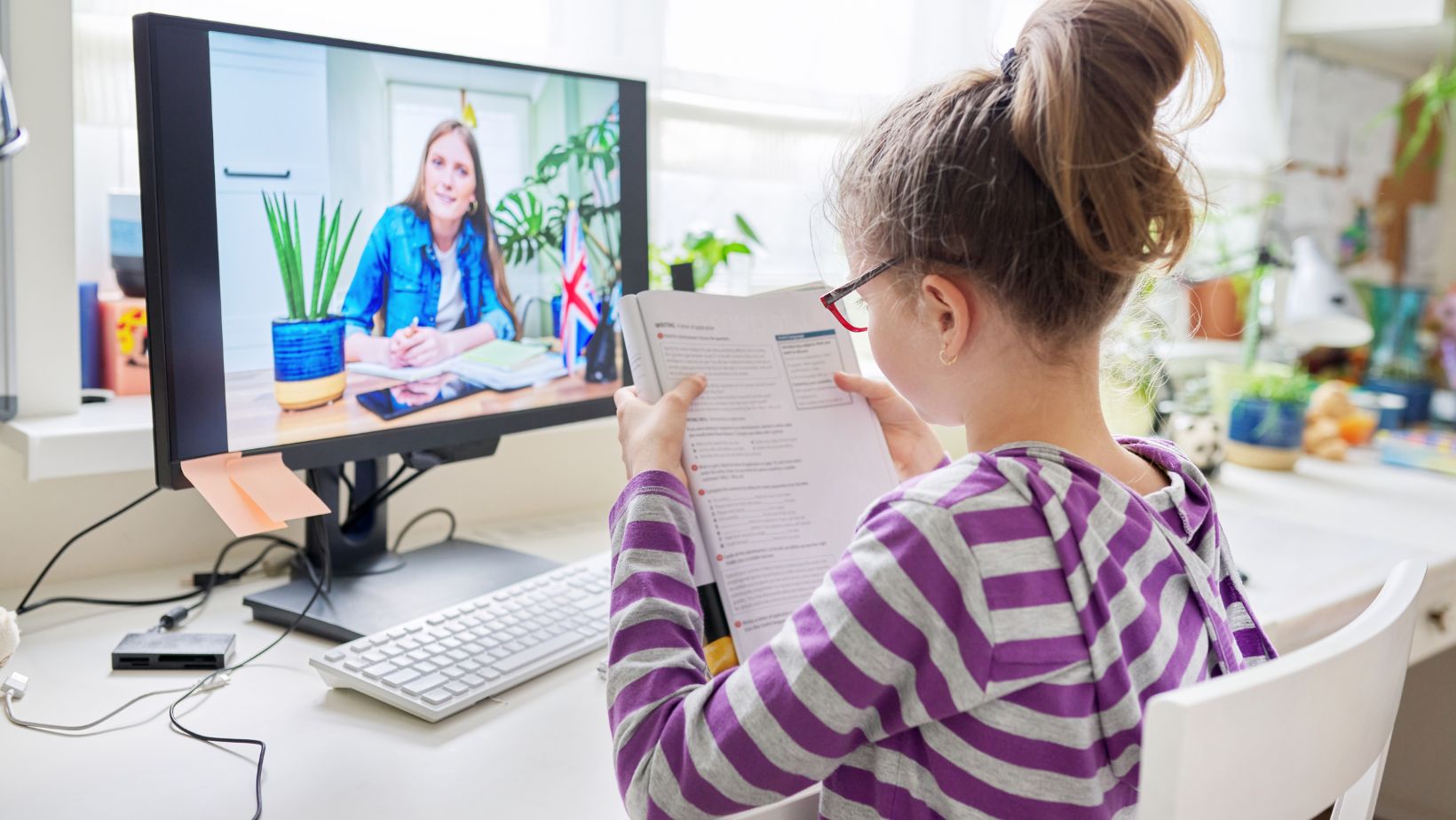Choosing an online education program for young learners is a decision that can shape their entire academic journey. Whether you’re exploring options due to flexibility needs, health concerns, or a desire for more personalized learning, the quality of the virtual school matters. Especially in the early years. If you’re considering an Oregon online elementary school, it’s important to know what features to look for to ensure your child is getting a solid start.
Here are seven key elements that make a difference in virtual learning for young students.
Engaging, Age-Appropriate Curriculum
A well-designed online school should be tailored to the developmental needs of young children. That means offering lessons that are visually engaging, interactive, and paced appropriately for early learners. Virtual schools that use stories, games, music, and hands-on projects tend to hold attention better than static text-heavy materials.
Look for a curriculum that meets state standards but is also designed to encourage curiosity and creativity. The goal is to make learning fun and accessible without sacrificing academic rigor.
Live Teacher Interaction
While flexibility is one of the biggest draws of virtual learning, young students still need real-time interaction with experienced educators. Live classes offer the chance for students to ask questions, get immediate feedback, and feel part of a learning community. Teachers also play a crucial role in modeling social behavior, keeping students motivated, and helping with academic struggles as they arise.
The best virtual schools combine live instruction with self-paced activities, giving families the option to build a balanced daily schedule.
Easy-to-Navigate Learning Platform
For young learners, and often their parents, a complicated digital platform can become a barrier. Choose a virtual school that uses a clean, simple interface with intuitive navigation. Kids should be able to log in, find their lessons, and follow instructions with minimal frustration.
Some platforms even include color-coded subjects, visual icons, or parent dashboards that make it easier to track progress and manage tasks. If you’re considering any platform, test out their demo or request a walkthrough to see how user-friendly it feels.
Built-In Social Opportunities
Even in a virtual setting, young students need chances to build friendships and practice social skills. Good online schools will offer optional group activities like virtual field trips, class discussions, show-and-tell sessions, or even creative clubs.
Though these interactions may be different from the in-person experience, they still give students a sense of connection and belonging, which is just as important as academic progress.
Responsive Family Support
In the early grades, parents and caregivers are essential to a student’s success in online learning. That’s why online schools must offer responsive, ongoing support to families. This could mean access to academic advisors, technical help, or just someone to call when you need guidance on pacing or expectations.
Well-established online schools often provide onboarding sessions, weekly check-ins, and parent resource centers. Virtual Prep Academy, for instance, has helped shape several virtual academies that prioritize family engagement and communication as part of their core model.
Adaptive Assessment Tools
Assessment isn’t just about grades, it’s about understanding how a student is doing and what they need next. Look for virtual schools that include built-in assessments that adapt to each child’s level. These tools help teachers personalize instruction and help parents understand where their child is excelling or may need extra support.
Rather than overwhelming young learners with constant quizzes, the best systems integrate low-stakes check-ins and interactive reviews that feel like part of the learning process.
Opportunities for Offline Learning
Not everything has to happen on a screen. A good virtual learning program will encourage activities that involve physical movement, reading real books, drawing, and even outdoor exploration. Balance is key, especially for younger children who benefit from hands-on experiences that support their cognitive, emotional, and physical development.
Whether it’s a science experiment in the kitchen or a nature journal project in the backyard, these experiences bring learning to life and reduce screen fatigue.
Choosing with Confidence
Virtual learning can absolutely work for young students, but the online schools you choose plays a huge role. When evaluating options, focus on how the school engages students, supports families, and balances structure with flexibility. With the right virtual school, your child can build confidence, stay curious, and develop a strong educational foundation, all from the comfort of home.

















